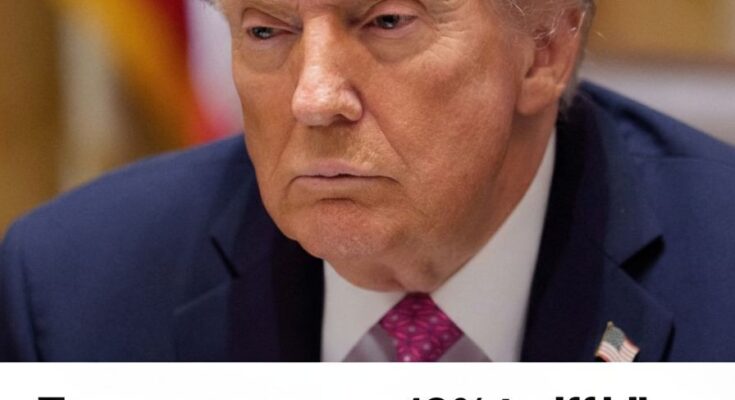President Trump Raises Tariffs on Canada by 10% After Calling Ontario’s Anti-Tariff Ad “Fraudulent” and a “Hostile Act” Misusing Ronald Reagan’s Legacy
President Donald Trump reignited economic tensions with America’s northern neighbor on October 25, announcing a sweeping 10% increase in tariffs on Canadian imports after denouncing what he called a “fraudulent and hostile” propaganda campaign launched by Ontario officials. The decision marks one of the sharpest turns yet in Trump’s ongoing trade offensive, as the White House accused Canada of manipulating U.S. sentiment and misrepresenting Ronald Reagan’s legacy to pressure Washington into softening its trade stance.
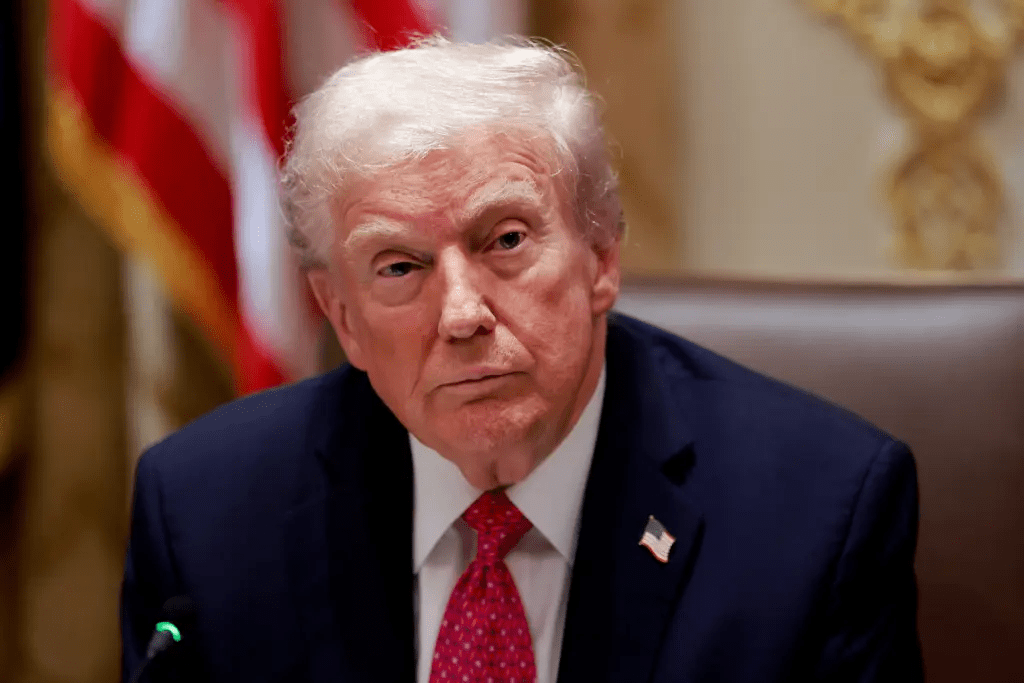
According to administration insiders, the move came after weeks of escalating rhetoric between Trump’s trade team and Canadian provincial leaders. Ontario’s government had recently funded a series of televised and online ads criticizing Trump’s tariff policies, suggesting they hurt “working families on both sides of the border” and citing Reagan’s 1988 remarks about “partnership, not punishment.” Trump, visibly angered, blasted the campaign as “a distortion of history and an insult to American manufacturing.”
In a statement issued from the Oval Office, Trump said, “No one misuses Ronald Reagan’s name to attack America’s trade defense. Canada’s leadership is playing games with U.S. jobs, and we’re not going to let that happen.” The new tariff hike, set to take effect immediately, impacts Canadian aluminum, dairy products, lumber, and select automotive components — sectors that have long defined the two countries’ economic ties.
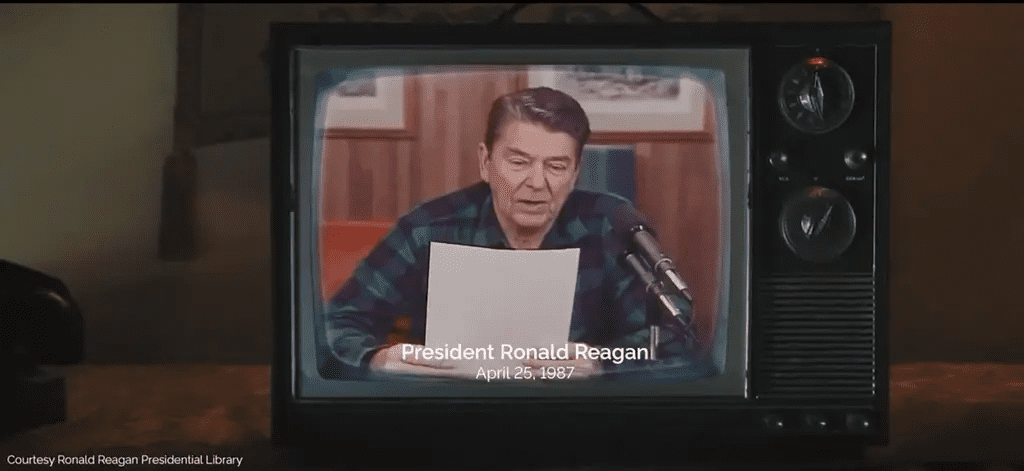
The administration’s justification for the increase hinges on protecting American industries from what it describes as “systematic manipulation” by foreign producers benefiting from subsidies and unfair trade practices. Trump’s economic adviser, Peter Navarro, reaffirmed that message, saying the move “sends a clear signal that America will respond decisively to any attempt to undermine our economic sovereignty.”
Reactions in Ottawa were swift and defiant. Canadian Prime Minister Justin Trudeau called the decision “deeply disappointing and unnecessary,” pledging to explore retaliatory measures if Washington doesn’t reverse the tariffs. But within the United States, Trump’s supporters praised the move as a necessary assertion of strength. Many conservative commentators echoed the President’s sentiment that previous administrations had “let Canada get away with too much for too long,” pointing to chronic trade imbalances and disputes over lumber and dairy as long-standing points of frustration.
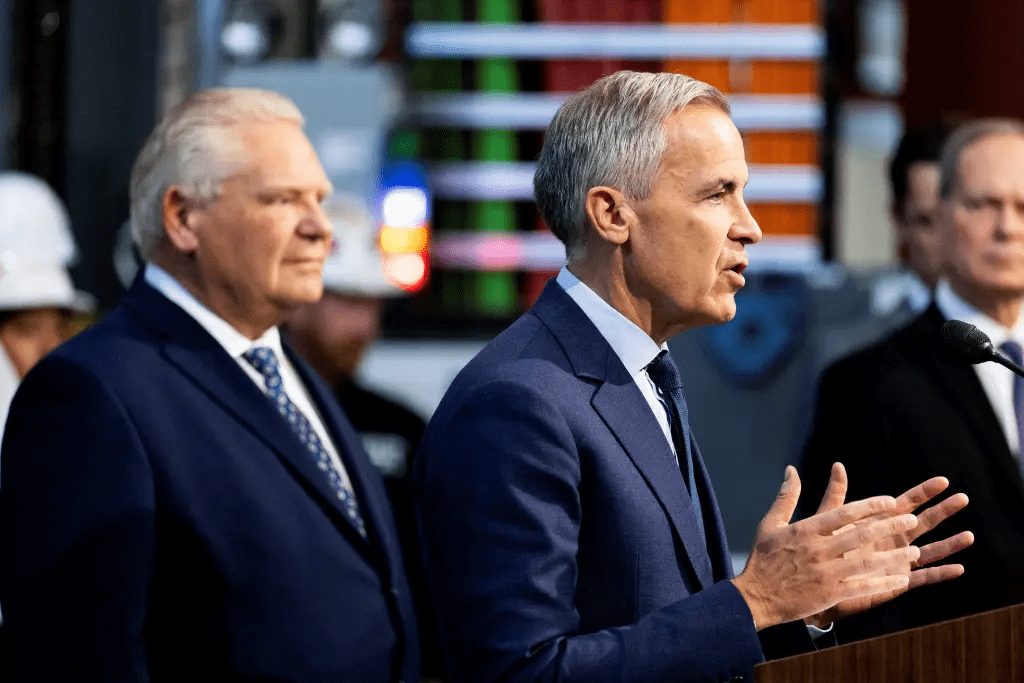
Economists note that while the tariff escalation may raise prices for certain U.S. consumers, the broader impact could depend on how quickly negotiations resume. Behind the scenes, sources close to the administration say Trump is betting that economic pressure will force Canadian officials back to the table on more favorable terms — particularly over agricultural exports and energy cooperation.
Trump’s renewed focus on Reagan’s legacy also highlights his effort to align his trade policy with the broader theme of American self-reliance. “Reagan believed in strength,” he said during his remarks. “And strength is what keeps America free, fair, and respected.” The President’s team reportedly viewed the Ontario campaign’s use of Reagan imagery as a calculated provocation aimed at dividing American conservatives.
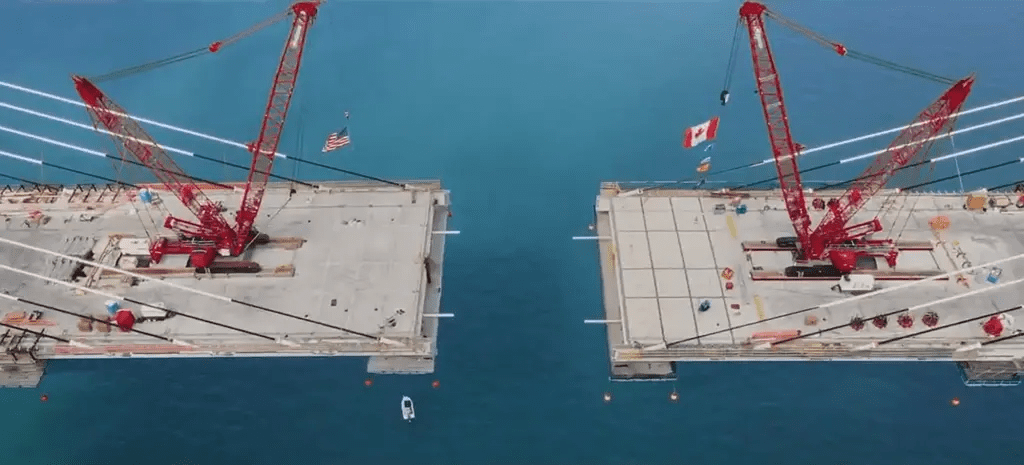
For Trump’s base, the message is clear: he is willing to confront even America’s closest allies to protect American workers. For critics, it marks another flashpoint in an increasingly volatile trade landscape — one that could reshape North American relations heading into the 2026 midterms.
Whether this latest tariff move leads to compromise or confrontation remains uncertain, but one thing is clear: Trump’s economic nationalism is once again at the center of global headlines, and he’s not backing down.
